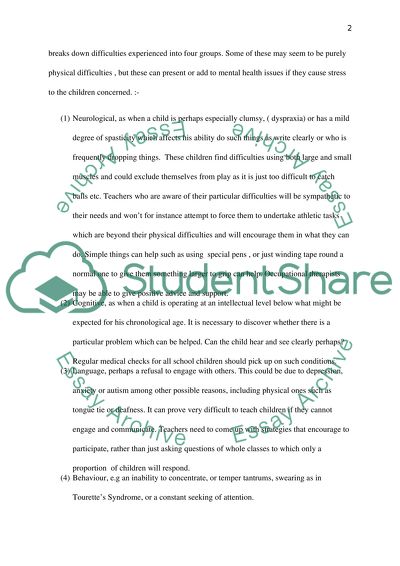Cite this document
(“Behavioural Problems and Emotional Disturbances in School Students Essay”, n.d.)
Retrieved from https://studentshare.org/education/1431945-part-b
Retrieved from https://studentshare.org/education/1431945-part-b
(Behavioural Problems and Emotional Disturbances in School Students Essay)
https://studentshare.org/education/1431945-part-b.
https://studentshare.org/education/1431945-part-b.
“Behavioural Problems and Emotional Disturbances in School Students Essay”, n.d. https://studentshare.org/education/1431945-part-b.


